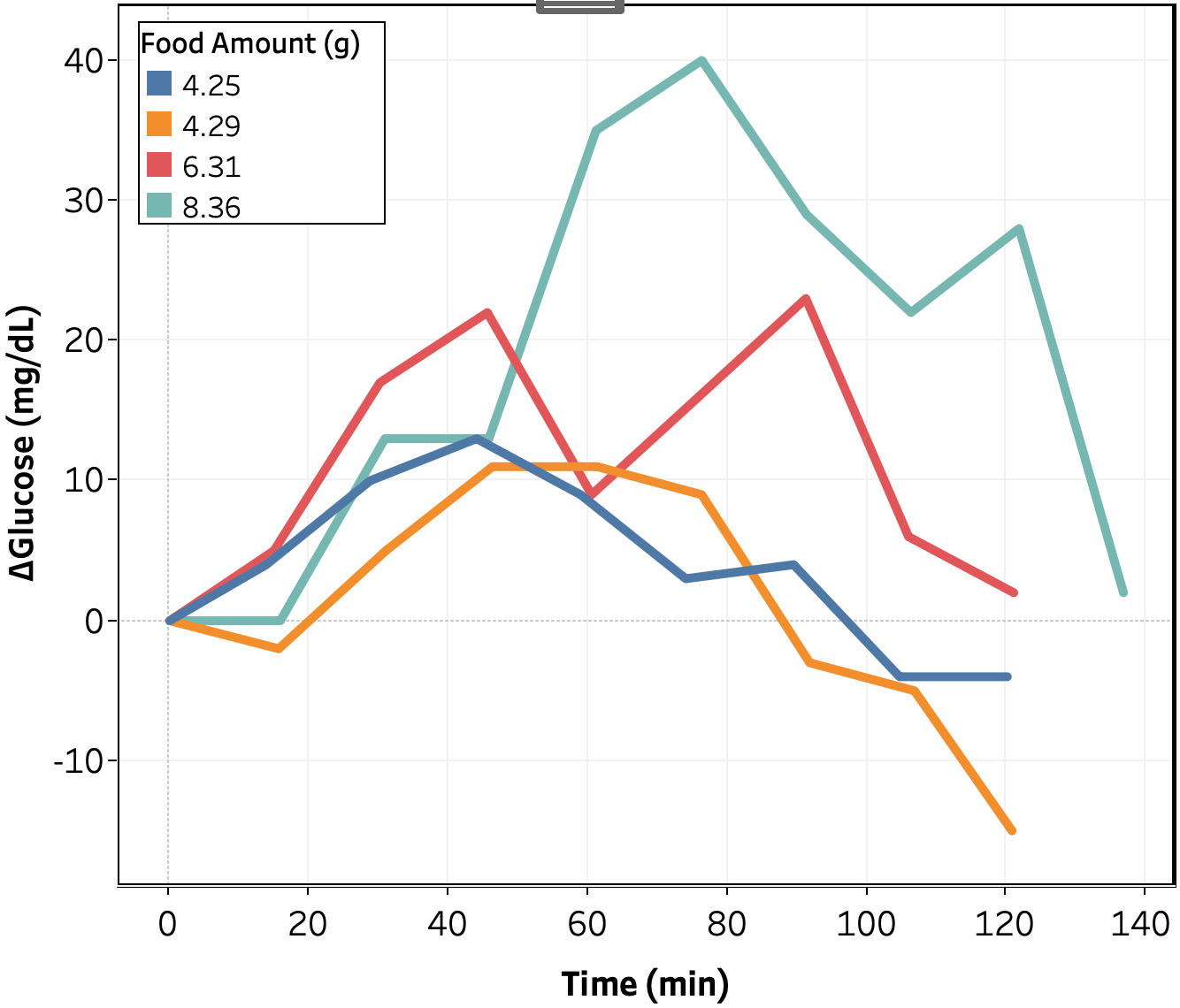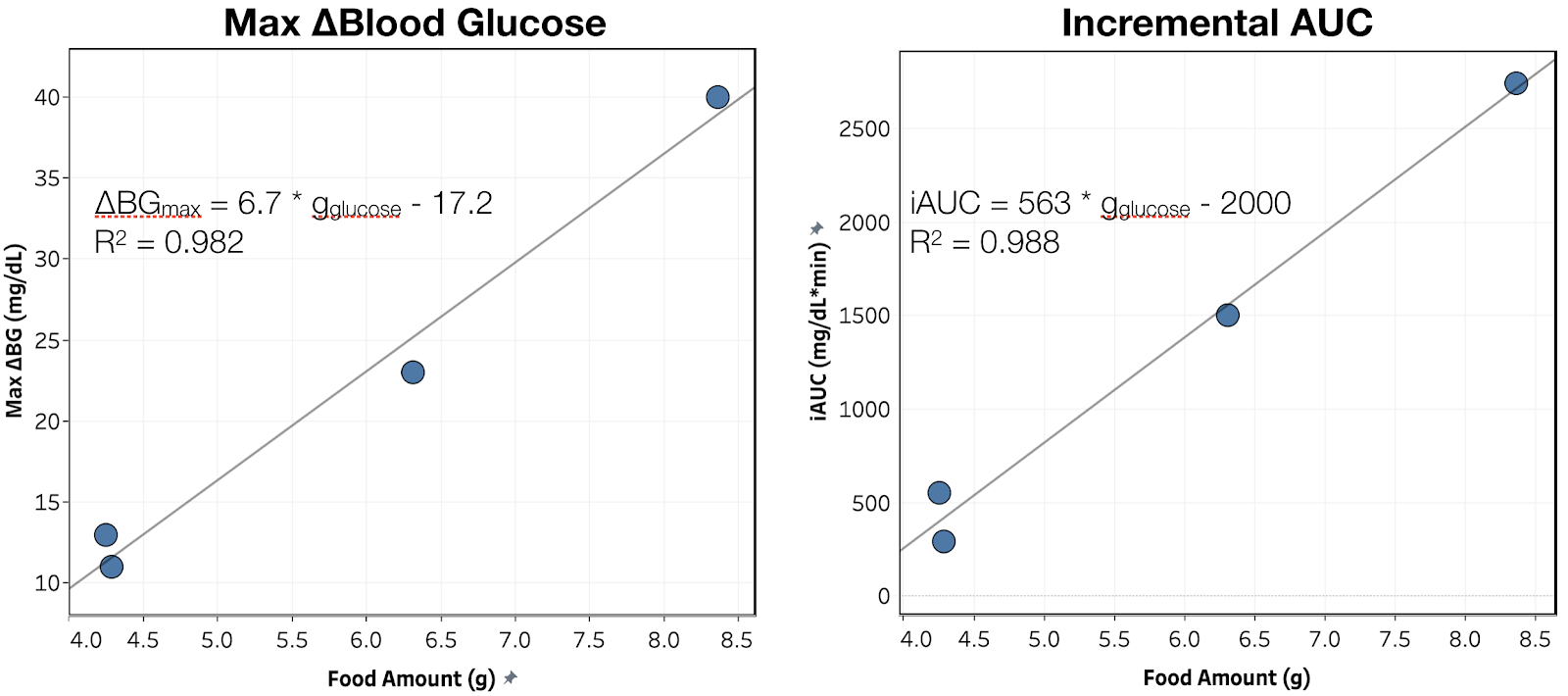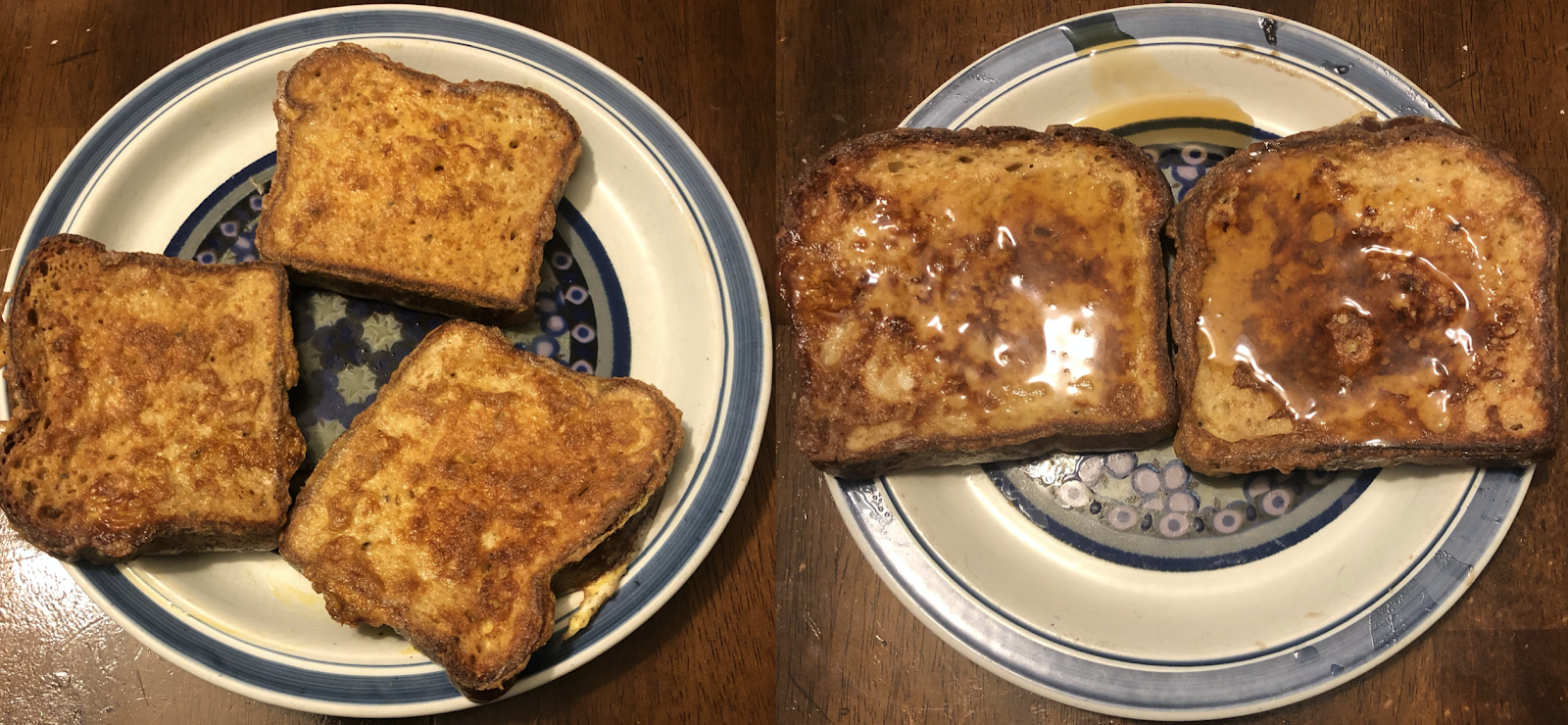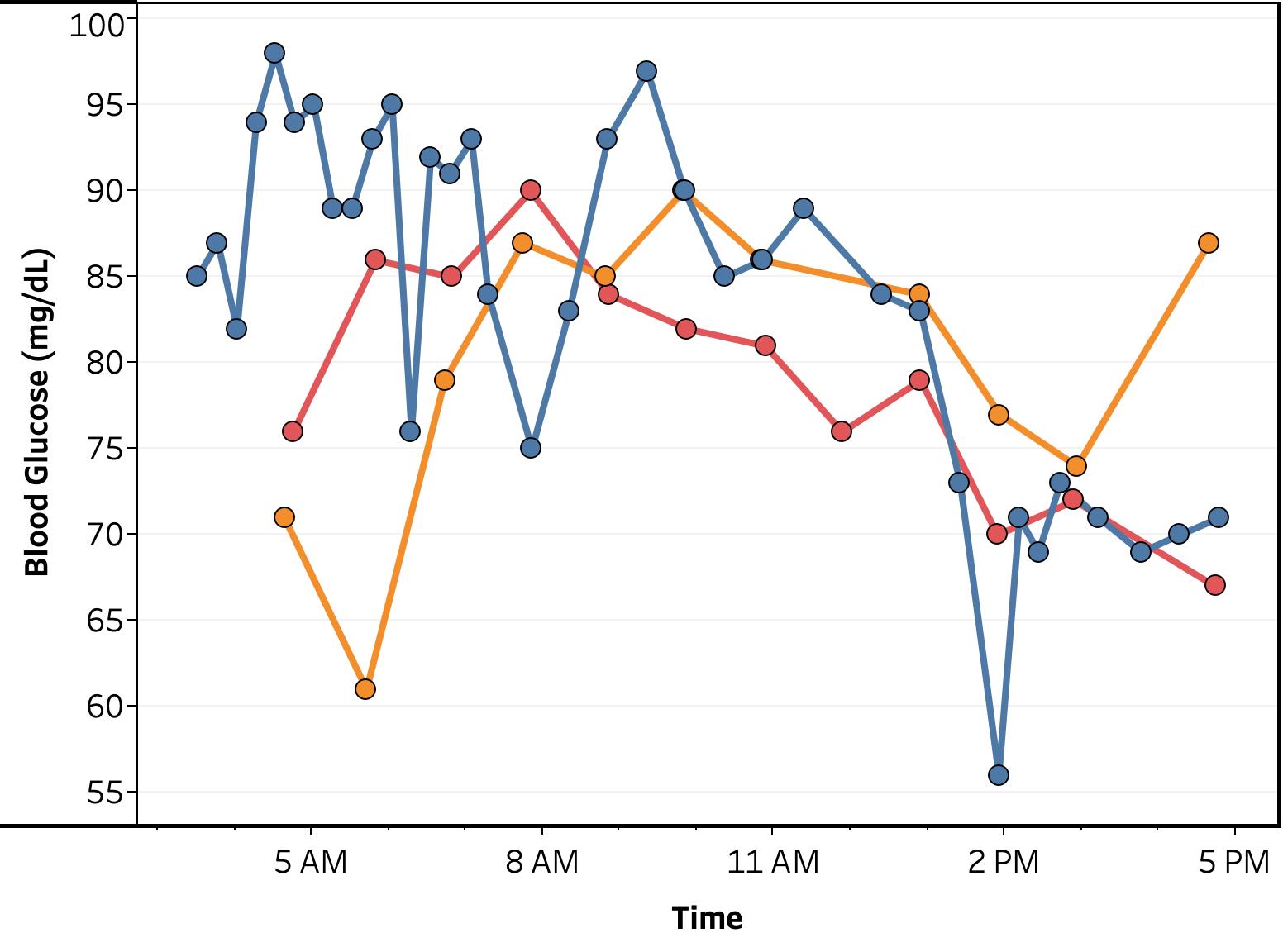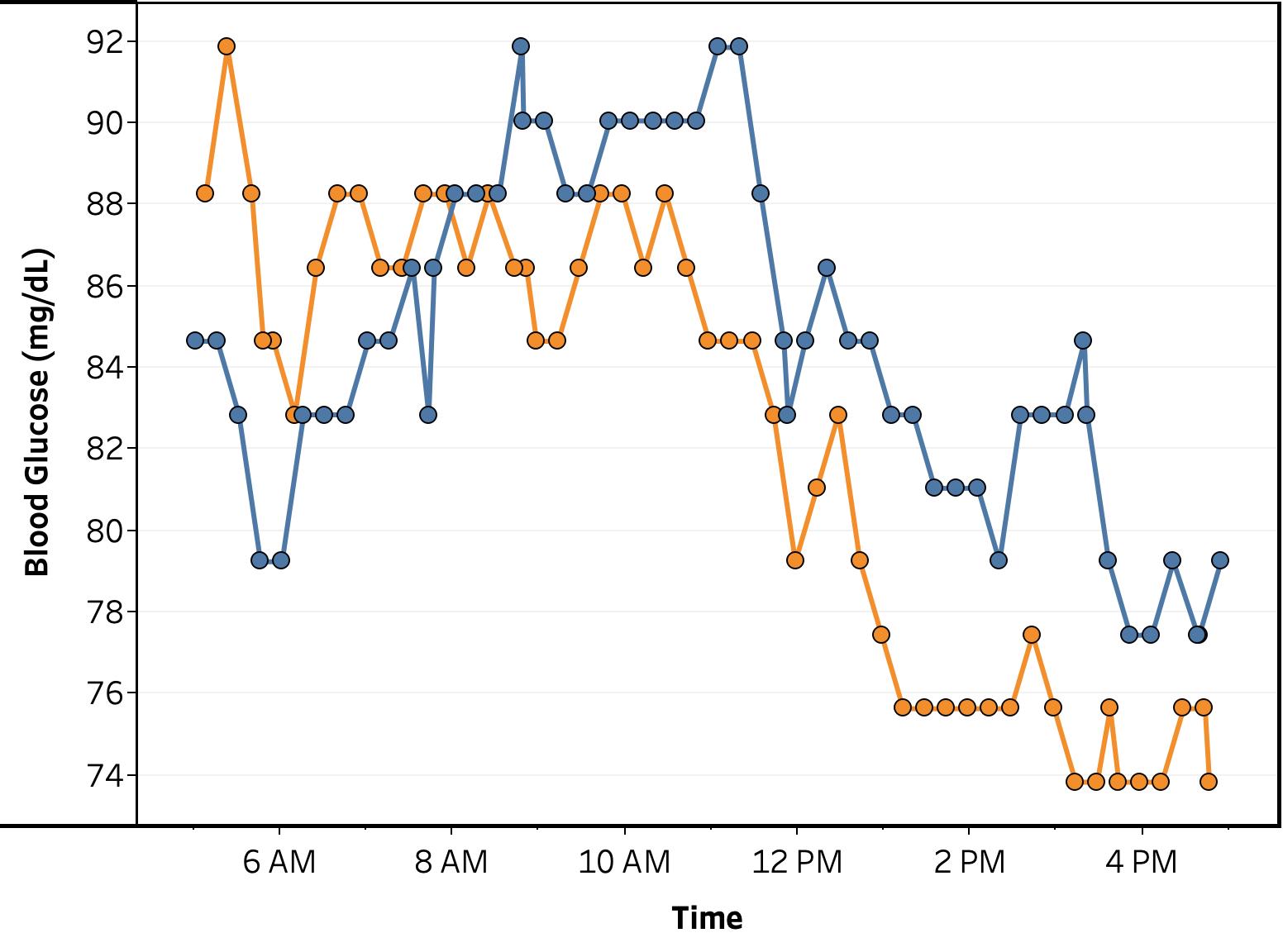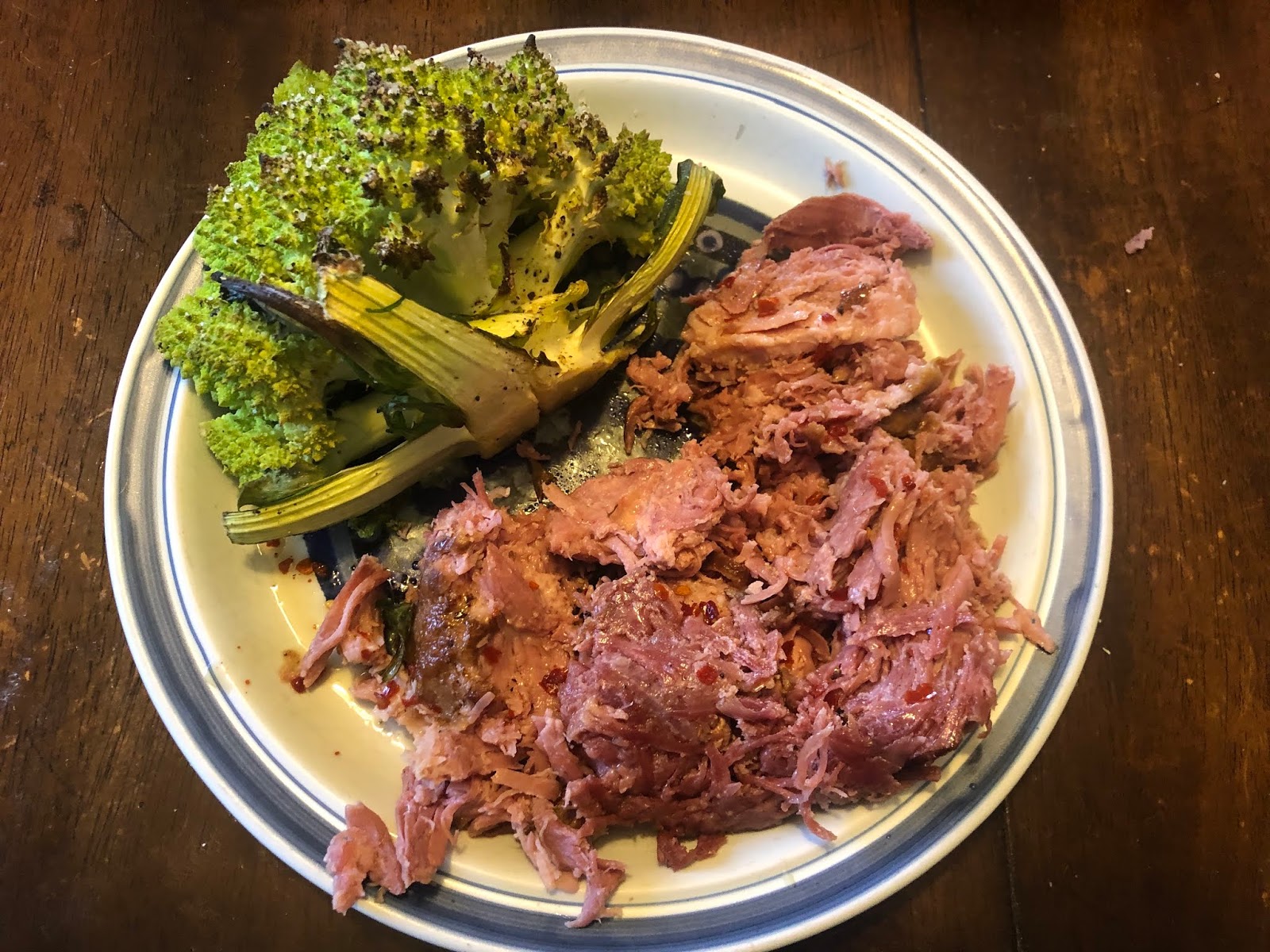Get new posts by email or rss feed
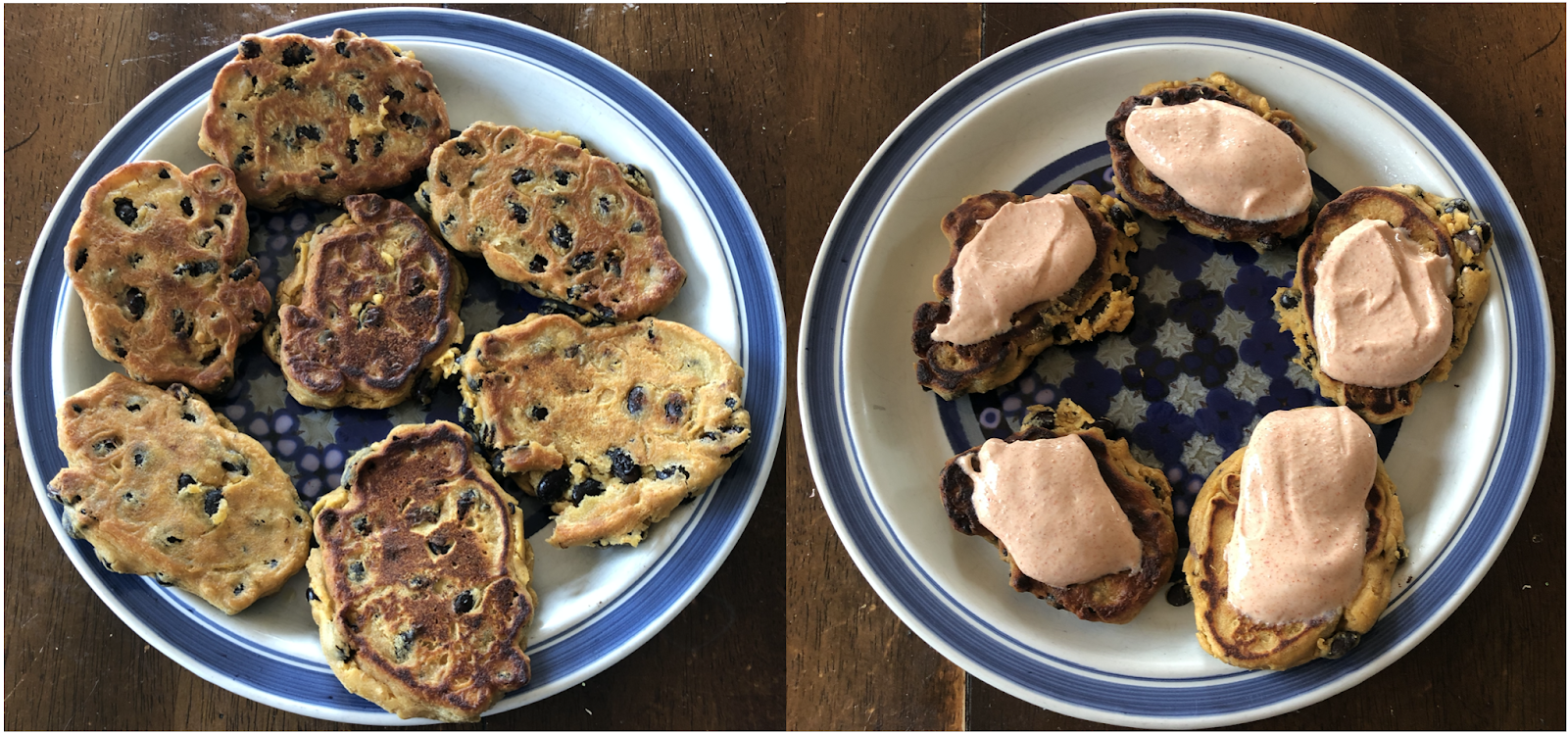
I adapted this recipe from Gordon Ramsay’s Ultimate Cookery Course (book, video). To make it low-carb, more convenient, and improve the taste, I made the following modifications:
- Substituted lupin flour for all-purpose flour
- Substituted black soybeans for corn
- Substituted almond milk for milk and increased quantity to compensate for greater water absorption of the lupin flour
- Added garlic powder
- Replaced fresh herbs and spices with dried
- Increased amount of chile
I’m really happy with how this came out. The fritters are crunchy on the outside and soft/creamy on the inside and the black soybeans provide a nice texture and flavor contrast. The yogurt sauce is great as well, giving an extra spicy “kick”.
The recipe is also quite customizable. You can modify the seasonings and fillings to whatever you like. In the future, I plan to try combining the black soybeans with baby corn and/or okra to get a more complex set of flavors.
Note: In case there’s a concern about the blood sugar impact of the Lupin flour, from testing my blood sugar, I only need an extra 0.5u of insulin when I eat this compared with my normal dinner (300g meat, 150g low-carb vegetable).
Hope you enjoy it!
– QD

Black Soybean and Lupin Flour Fritters
Ingredients
Fritters
- 100 g lupin flour
- ½ tsp baking powder
- ½ tsp chili powder (or 1 fresh chili)
- 2 tsp ground coriander (or 2 tbsp fresh, chopped)
- salt & pepper, to taste
- 1 egg
- 160 g almond milk
- 15 g olive oil
- 2 spring onions, finely sliced
- 250 g black soybeans
Yogurt Sauce
- 250 g plain yogurt (I use Two Good brand)
- 1 tsp chili powder (or 2 fresh chilis)
- 30 g lemon juice
- 1 tbsp ground coriander (or 3 tbsp. fresh, chopped)
Instructions
Fritters
- Whisk together lupin flour, baking powder, chile powder, coriander, salt, and pepper.
- Add the egg and almond milk and mix until smooth. Add olive oil and mix again until homogeneous.
- Add black soybeans and spring onions into the batter and mix until combined.
- Pan fry in olive oil over medium heat until golden brown, ~3 minutes per side.
- Serve warm with yogurt dip.
Yogurt Dip
- Mix together all ingredients, tasting and seasoning as necessary.
